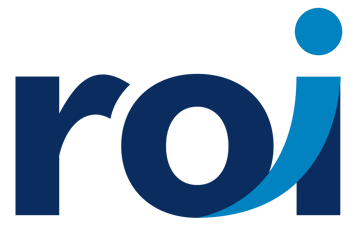
COVID-19 Workplace Impacts
The COVID-19 pandemic has taken the world by storm. Businesses, who are financially and operationally able to go virtual, are shifting their workforce to work from their homes over the next few weeks or longer, embracing social distancing as a practice, to lower the risk to themselves and others. We recognize that each of us has an important role to play in fulfilling our professional and personal commitments as we adjust to this new “temporary normal.”
5 Tips for At-Home Productivity
To aid in moving from contemplation to action, here are five practical tips you and your teams can follow to keep morale, productivity, and sanity as high as possible. Since many of us are used to interfacing with our clients or co-workers in person, these guidelines can be implemented to help you to be productive and focused from your home.- Try to keep your normal routine. If you are accustomed to a productive routine that works for you normally, such as getting up early during the week to shower, get dressed, and commute to the office or client site, then continue with that routine. It will make a big difference in how you approach and rate the success of your day. Although I am a big fan of lounge wear, and have been guilty of showering around noon during many home office days, I find that if I keep my routine, I am more ready to start my day and be more attentive. If you are not pleased with your normal routine and have ideas on how to improve that routine, take this social distancing time to design a new process that works for you professionally and personally.
- Be careful when scheduling meetings. At the workplace in person, we are accustomed to walking up to a co-worker or peer and having ad hoc conversations. In a remote or virtual setting, creating structure and setting expectations around your meetings are critical to collaboration and collective productivity. For every meeting, provide an agenda, objectives, expected outcomes, and pending decisions. Designate a fellow co-worker to act as the point person for notetaking and meeting minutes if the host is unable to do so. For critical meetings, consider recording your discussion and sharing it with the attendees for reference. While multi-tasking can be tempting for most, this can be counterproductive to virtual meetings and risk miscommunication and misunderstanding. Stay engaged, so you do not miss a key point or important decision.
- Complete morning and end-of-day debrief sessions with your teams. Team managers and leaders may find it difficult to stay in touch with their teams in a remote setting. Not having the day to day in person interaction may hinder communication. Morning and end-of-day touchpoints with teams offer an opportunity to be more connected, aligned, and committed to the overall project goals for the upcoming day.
- Try to break away from your computer a couple of times a day. Feeling strapped to your computer, laptop, or cell phone can be overwhelming. Take breaks throughout the day to get exercise, enjoy a healthy meal, break away from devices, or call a friend to check in. This simple, yet powerful action can break up the monotony and offer a healthier alternative to staring at the computer screen.
- Try to have some fun! Consider hosting virtual events like team lunches, after-work “events,” or engaging guest speakers from your organization who may have experience or insights that can be valuable to the team. Keeping communication flowing, while encouraging the team to have fun during the self-quarantine time period, can alleviate stress, create positive memories, and keep work engaging and enjoyable during these times. This effort will be remembered by the team into the future, which can positively impact morale and motivation overall.
For more information, contact us at: https://roihs.com/contact-us | info@roihs.com | 678.270.2867
